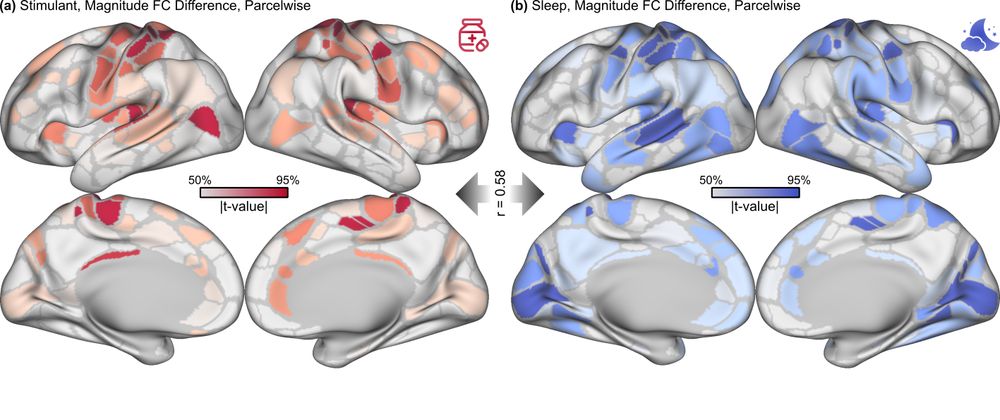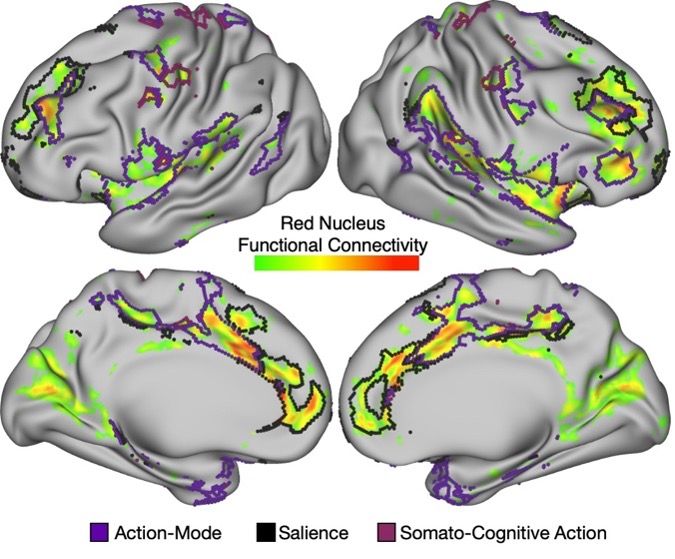Sam Krimmel
@samkrimmelneuro.bsky.social
200 followers
330 following
19 posts
Neuroscientist post-doc working with Nico Dosenbach at Washington University in St. Louis
Posts
Media
Videos
Starter Packs
Reposted by Sam Krimmel
Sam Krimmel
@samkrimmelneuro.bsky.social
· May 16
Sam Krimmel
@samkrimmelneuro.bsky.social
· Apr 10
Sam Krimmel
@samkrimmelneuro.bsky.social
· Apr 10
Sam Krimmel
@samkrimmelneuro.bsky.social
· Apr 10
Sam Krimmel
@samkrimmelneuro.bsky.social
· Apr 10
Sam Krimmel
@samkrimmelneuro.bsky.social
· Apr 10














